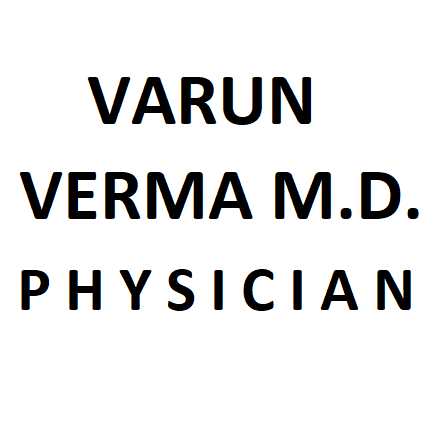|
“Injustice anywhere is a threat to justice everywhere.” Martin Luther King, Jr. This post is a question, an invitation and a challenge. How can we bring technologies we take for granted back home to those in the developing world? Many before me have spoken with outrage about the reality of two worlds; one of If one looks back even a decade, there are health care delivery interventions present today in resource poor settings that seemed like a fairytale. Large scale organizations like The Global Fund to Fight AIDS, Tuberculosis and Malaria did Ensuring quality care in resource limited settings should be a given, but we need to do more than secure the supply of diagnostics and medications. We need to move onto a second stage of global health work – advocating for the scale up of vital technologies. As a physician who practices both in one of the most advanced teaching hospitals in the world, and someone who works in rural Haiti – I am witness to striking disparities on a daily basis in what is available to help patients. Undoubtedly every provider working in the field has similar stories, but two patient encounters while in Haiti have served as reminders to me that patients still die “stupid deaths” every day (to borrow a phrase from my Haitian colleagues). To be clear, this is in spite of the amazing work that has been done in other areas like vaccinations, providing anti-retrovirals to treat HIV, and community health worker programs. During my first week here, a young woman came in to the internal medicine ward appearing rather well but with a complaint of shortness of breath. She had normal vital signs, appeared in no distress and had a normal physical exam. After some discussion with my colleagues, we ordered diagnostic tests including a chest x-ray and decided to observe her. Less than 48 hours later she was struggling to breath, and her mental status was compromised (and the chest x-ray was still not done). She required supplemental oxygen – which we provided from a tank. This worked at first until she decompensated further and what she truly needed was to be intubated and on a ventilator to buy us time to figure out what was wrong with her, and then to treat it. She ended up dying that night because of course we had no means to intubate her. Incidentally, there were a stack of two ventilators lying idly in the corner that I learned had been donated during the time of the 2010 earthquake. I was sad and incredibly angry to see the demise of a young woman who would have almost certainly seen the inside of an ICU in any well-resourced hospital. My colleague pointed out that there was no reliable electricity supply to plug the ventilator into, no steady delivery of oxygen (we had run out of tanks twice that week) and no respiratory therapists to ensure that things could run 24/7 as our patient would have required. My second account is about a woman who presented with renal failure – struggling to breath, puffy, and with laboratory tests so elevated that my colleagues and I wondered how she was still alive. There is no hemodialysis available here. The patient and her husband shrugged when we conveyed how sick she truly was. She actually somehow did ok, and thankfully made it out of the hospital after we treated her with the medications we had available (not a substitute for dialysis). Perhaps unsurprisingly she returned a month later; sweating profusely and out of breath, carried in the arms of her husband – and this time both were panicked. My colleague turned to me as we examined her and asked if I heard what the patient said repeatedly while she desperately clung to our arms –“she told me she is going to die.” The patient’s sister stood beside her bed, hugging her around her waist, and giving her sips of water intermittently. We did our best to minimize her suffering by administering a benzodiazepine (anxiety medication) to calm her breathing and make her comfortable. She died less than 24 hours later. Had dialysis been available I have no doubt the woman would not have died any time soon. This is the harsh reality of being a patient in a setting where otherwise abundant technologies are non-existent. I do realize how costly technological interventions like ventilators and dialysis are, but cost is entirely an artificial creation (the health care debates raging in the US highlight this). Healthcare providers need involvement from other disciplines to |
Search
Recent Posts
Categories
Archives
- February 2025
- August 2024
- July 2024
- March 2024
- February 2024
- November 2023
- August 2023
- June 2023
- May 2023
- April 2023
- March 2023
- January 2023
- December 2022
- May 2020
- April 2020
- March 2020
- October 2019
- January 2019
- November 2018
- October 2018
- September 2018
- August 2018
- July 2018
- June 2018
- May 2018
- April 2018
- March 2018
- July 2017
- April 2017
- July 2016
- September 2015
- December 2014
- November 2014
- August 2014
- July 2014
- March 2014
- February 2014
- December 2013
- November 2013
- October 2013
- August 2013
